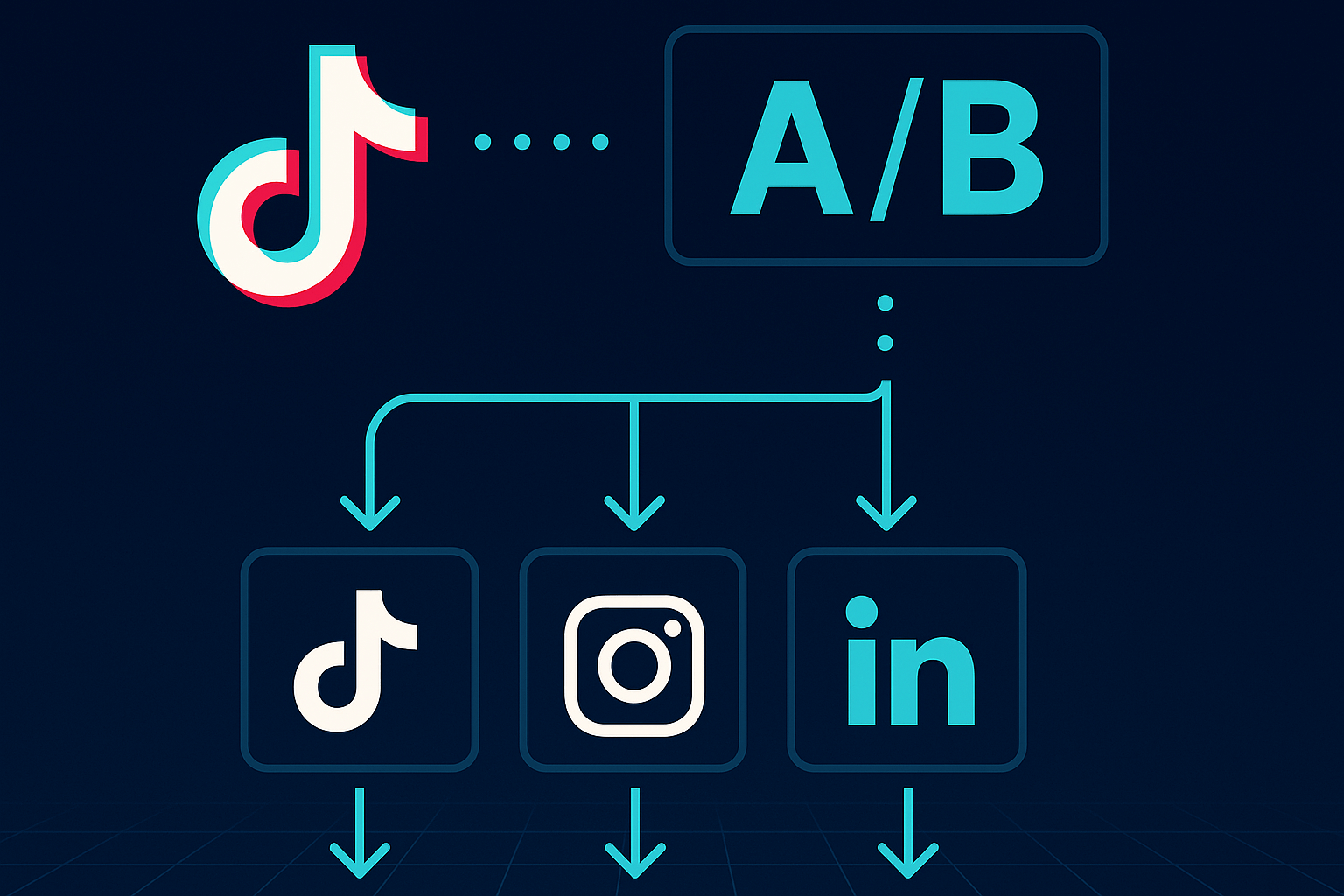Leveraging TikTok’s Algorithmic Architecture for Cross-Platform Content Optimization
Due to the nature of its algorithm, TikTok can be a great tool to try different variants of duplicate content and identify the best-performing one.
This is not the article you were looking for.
But we have many others to pick from:

Due to the nature of its algorithm, TikTok can be a great tool to try different variants of duplicate content and identify the best-performing one.